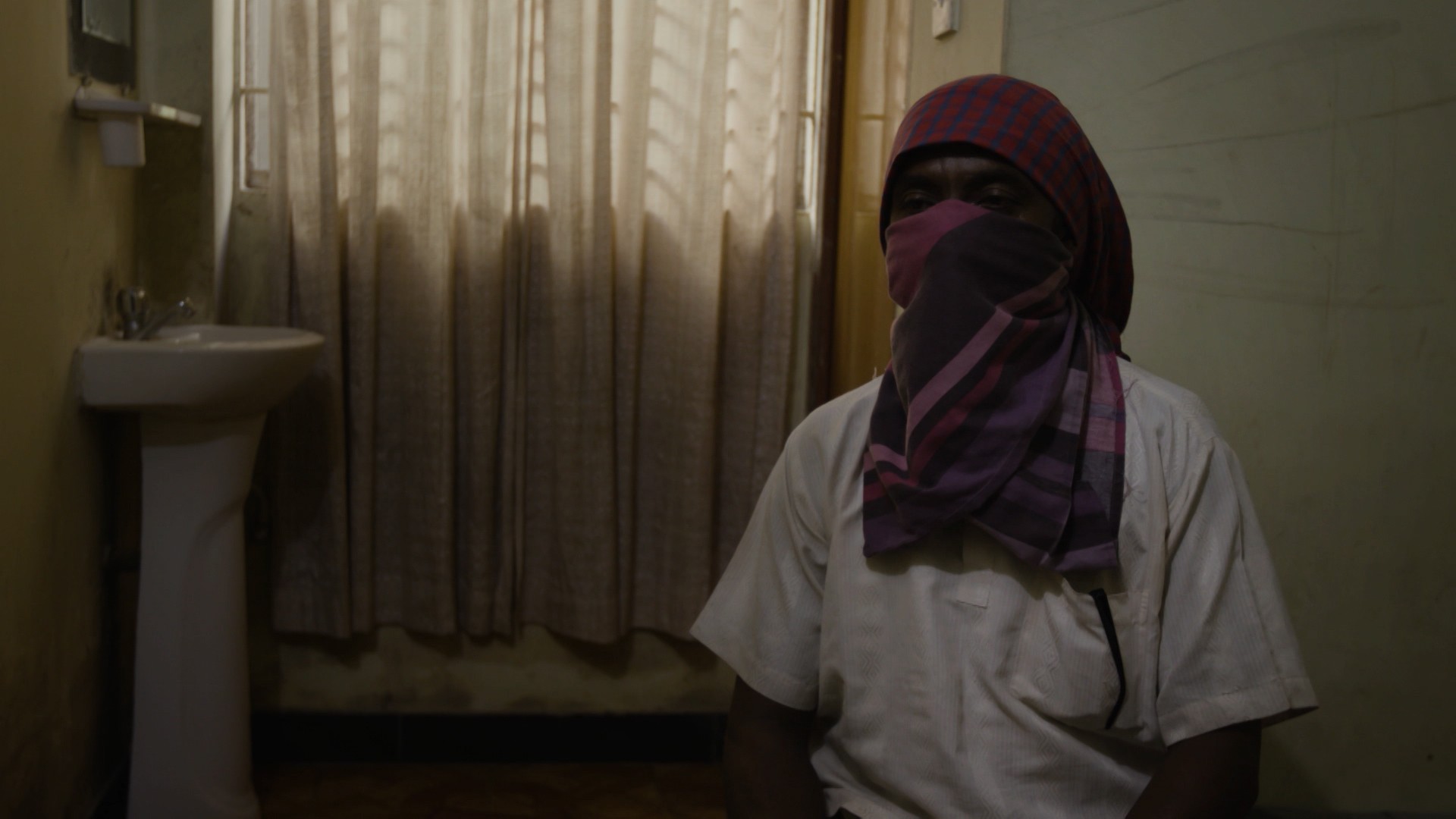Getty Images
The Myanmar military has published a book about the Rohingya Muslims that uses doctored photographs to portray the ethnic minority as murderers and refugees, according to a Reuters report.Many of the photographs used have been widely circulated on Facebook in recent years, part of a government push to supercharge hate speech towards the Rohingya minority.Published by the military’s public relations and psychological warfare department, the 117-page book features at least three fake photos, including a Pulitzer Prize-winning image of the Rwandan genocide.One black-and-white image shows a man standing over two bodies wielding a farming tool, with the caption: “Bengalis killed local ethics brutally.” The book claims the photograph was taken in the 1940s, but the picture is actually taken during Bangladesh’s 1971 independence war, when hundreds of thousands of Bangladeshis were killed by Pakistani troops.That image, together with many others taking in during Bangladesh’s independence war, have regularly been shared on Facebook as evidence that the Rohingya killed Buddhists during ethnic riots in Myanmar in the 1940s.One of those who shared the images was the commander-in-chief of Facebook’s army, Senior General Min Aung Hlaing, who this week had his Facebook account disabled following the publication of a damning U.N. report that accused the Myanmar military of conducting genocide against the Rohingya.In the tome, the military continues to deny any wrongdoing, dismissing claims that it conducted mass murder, rape, imprisonment, torture, sexual slavery and persecution.The claims in the book line up with the narrative the military and others have spread on social media for a number of years, casting the Rohingya as interlopers from Bangladesh. The Rohingya regard themselves as native to western Myanmar.READ: The Myanmar military doesn’t want you to see where the Rohingya genocide took placeFollowing the damning U.N. report, which called for an investigation by the International Criminal Court, outgoing U.N. human rights chief Zeid Ra'ad al-Hussein on Thursday said Myanmar de facto leader Aung San Suu Kyi “should have resigned” over the army's campaign against Rohingya.“She was in a position to do something," Hussein told the BBC. “She could have stayed quiet - or even better, she could have resigned.”The plight of the Rohingya was highlighted this week by actor and U.N. Goodwill Ambassador Cate Blanchett, when she gave an impassioned speech to the security council in New York. Blanchett spoke about the “gut wrenching” interactions with some of the 700,000 Rohingya refugees in Bangladesh.“How can any mother endure seeing her child thrown into a fire? Their experiences will never leave me,” she said. Cover image: Rohingya wait in line for humanitarian aid in Kutupalong camp August 27, 2018 in Kutupalong, Cox's Bazar, Bangladesh. (Paula Bronstein/Getty Images)
Cover image: Rohingya wait in line for humanitarian aid in Kutupalong camp August 27, 2018 in Kutupalong, Cox's Bazar, Bangladesh. (Paula Bronstein/Getty Images)
Advertisement
A second published image claims to show Rohingya who “intruded” into Myanmar after the British colonial occupation of lower Myanmar. The image is in fact a Pulitzer Prize-winning image by photographer Martha Rial, taken in 1996 in Tanzania and showing Hutu refugees escaping violence in Rwanda.The picture was converted to black-and-white to make it look older than it actually was.Entitled “Myanmar Politics and the Tatmadaw: Part I”, the book recounts the army’s version of events of August 2017, when a brutal crackdown on the Rohingya in Rakhine State led to what the U.N. this week said was “undoubtedly amount to the gravest crimes under international law.”
Advertisement

